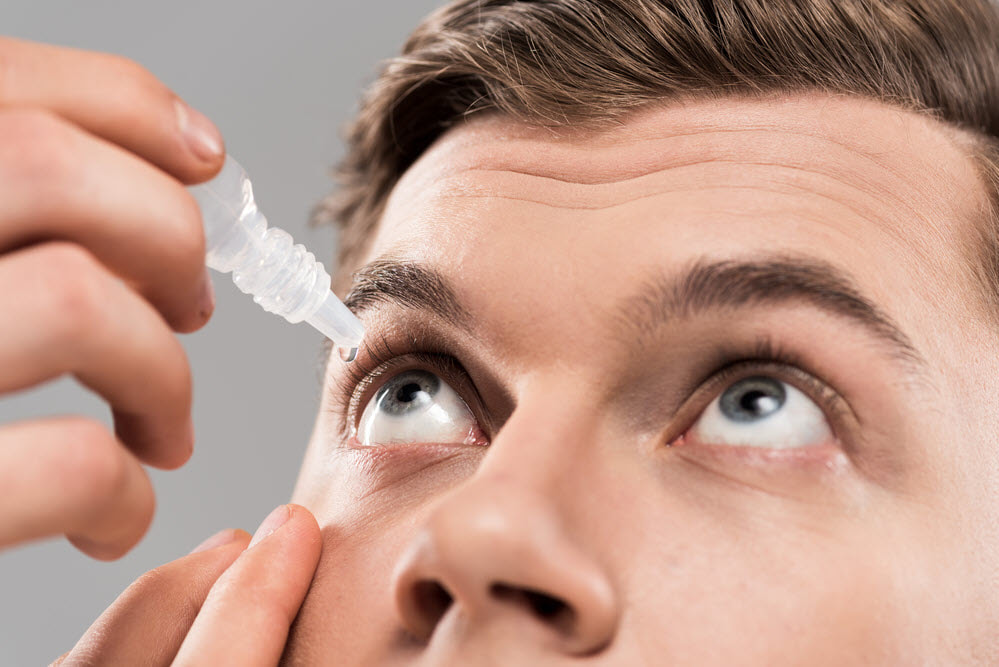Dry eyesDye eyes do not lead to vision loss, but it can be uncomfortable. The condition develops when the tear glands do not produce sufficient tears. Symptoms of dry eyes include:
Dry eyes are treatable with eye drops and artificial tears. There are also things you can do to decrease developing the condition, including:
CataractsCataracts are a very common condition. According to the website Prevent Blindness, in the United States, about 25 million people have cataracts. A cataract develops when the lens in the eye becomes cloudy. The main risk factor for developing cataracts is age. It usually develops in people over the age of 60. Symptoms of cataracts include:
Although there are no proven ways to prevent cataracts, there are a few things that may decrease your risk, including:
Age-related macular degenerationAge-related macular degeneration involves damage to the central part of the retina called the macula. When this portion of the retina degenerates, it affects a person’s central vision. Central vision is vital to read, drive, and see objects in detail.
According to the Centers for Disease Control and Prevention, about 1.8 million people in the United States have age-related macular degeneration. Another 7 million are at risk of developing the disease. Symptoms of age-related macular degeneration include:
Currently, age-related macular degeneration is not curable. There is also no definitive way to prevent the disease. But there are a few things that may reduce your risk.
As with all eye diseases, one of your best prevention strategies is to get regular eye exams. Certain diseases do not cause symptoms in the early stages, but they can be diagnosed through an eye exam. If you would like to schedule an exam with one of our eye doctors, please call our office at 508-746-8600. Comments are closed.
|
EYE HEALTH BLOGCategories
All
Archives
July 2024
|
|
Kadrmas Eye Care New England
55 Commerce Way, Plymouth, MA 02360
14 Tobey Road, Wareham, MA 02571 133 Falmouth Road (Rt 28), Mashpee, MA 02649 |
Phone Number:
1-508-746-8600 Hours: Monday through Friday — 8 AM – 4:30 PM |


 RSS Feed
RSS Feed
